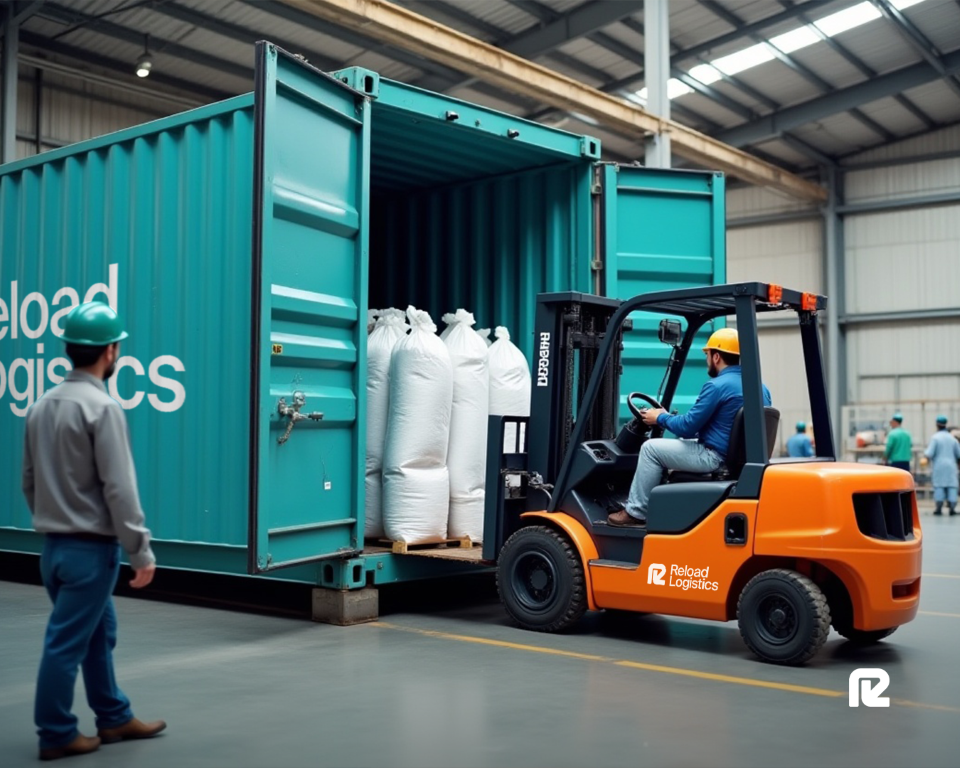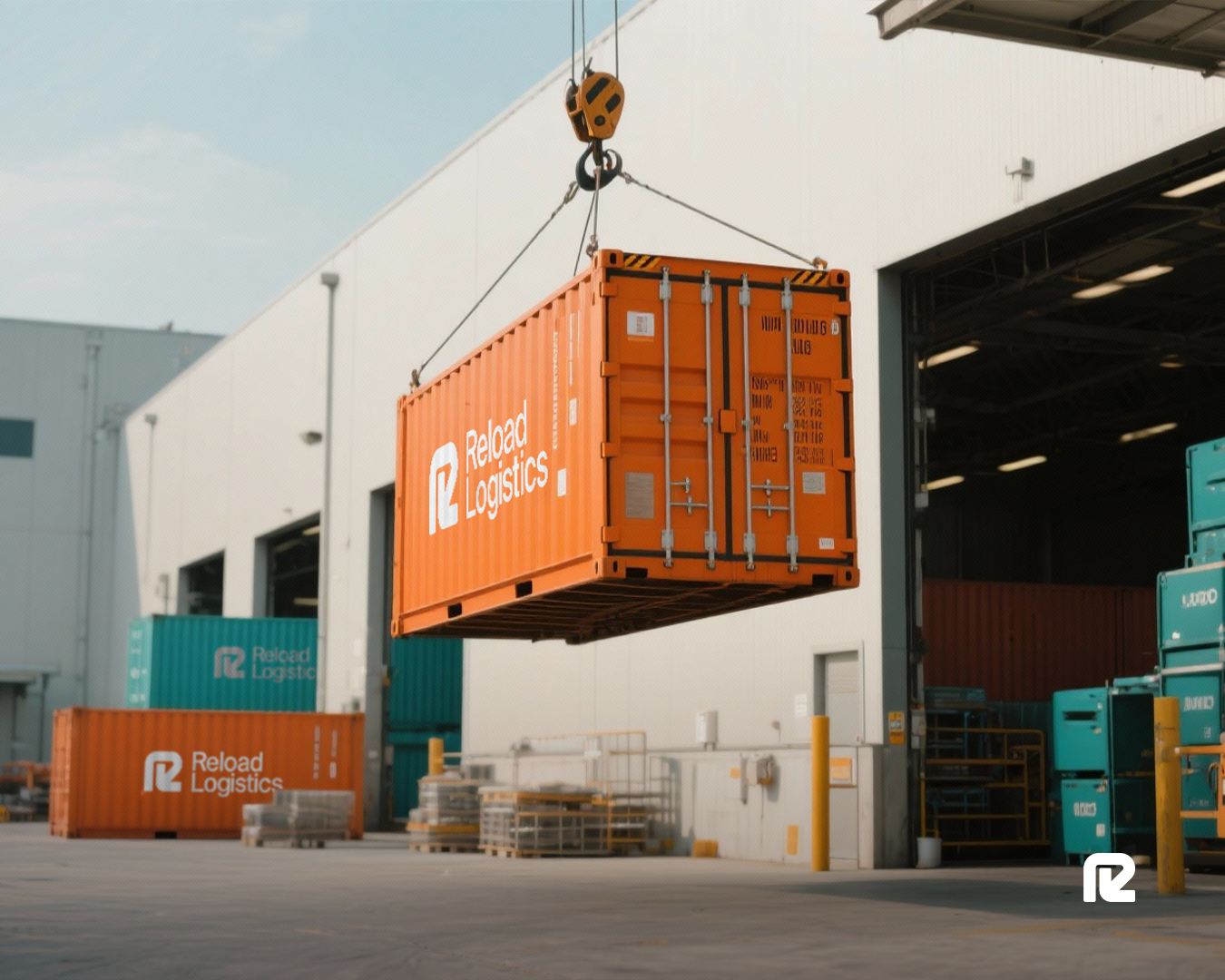Supply Chain Resilience in Logistics and Freight Forwarding


Efficient supply chains without resilience are fragile. In Southern Africa, particularly, where logistics networks already suffer from gaps in infrastructure, unpredictable border processes, and shifting markets, resilience is essential for growth.
A delayed shipment of mining equipment can stall operations worth millions of dollars; a shortage of warehousing space can push traders into costly solutions. Building resilient supply chains means businesses can withstand these shocks and continue to serve customers reliably.
Throughout this article, we will highlight exactly what resilience in supply chains means, the components of a successful resilient supply chain, and how logistics partners play a major role in keeping supply chains moving for their customers.
What is Supply Chain Resilience?
Supply chain resilience definition is the ability of a logistics network to anticipate, adapt to, and recover from disruptions while maintaining operations and serving customers effectively despite these challenges.
A resilient supply chain is more than traditional risk management. Risk management focuses more on preventing problems, whereas supply chain resilience understands that disruptions are inevitable and prepares systems and processes to continue functioning regardless. This shift in mindset across the entire supply chain transforms logistics from a potential vulnerability into a strong competitive advantage.
Why is Resilience Important? The Cost of Fragility
All supply chains face mounting challenges; however, when we focus on Southern African logistics specifically, those networks face situations that expose supply chain weaknesses. These logistics networks have faced:
• Port congestion caused months-long backlogs at major hubs like Durban.
• Geopolitical tensions shifted global shipping lanes and increased freight costs.
• Commodity price volatility affects the stability of mining and agricultural exports.
• Infrastructure limitations create bottlenecks throughout important trade corridors.
• Regulatory updates change border processes and compliance requirements, leading to delays.
For businesses dependent on trade, these risks directly affect costs, create missed opportunities, and can damage customer relationships. Supply chain resilience doesn’t eliminate the risks, but it ensures companies can manage and deal with them effectively and in a timely manner.
Components of Resilient Supply Chains: The Four Pillars
Building a resilient supply chain depends on four fundamental elements.
Visibility
Modern supply chain resilience strategies begin with having visibility across your entire network. This includes:
• Real-time tracking systems to provide location and status updates
• Predictive analytics to identify potential disruptions before they occur
• Supplier transparency ensures clear communication channels
• Performance dashboards offer actionable insights for decision-making
Flexibility
Flexibility is what keeps supply chains moving during crises, including having the ability to:
• Reroute shipments through alternative corridors
• Switch suppliers without compromising quality or delivery times
• Adjust inventory strategies from just-in-time to just-in-case
• Scale operations up or down based on demand fluctuations
Redundancy
Redundancy is about always having a plan A, B, and C to eliminate single points of failure throughout the supply chain. This includes having:
• Multiple suppliers for critical materials
• Alternative transport routes, this can include different ports and border crossings
• Backup warehousing capacity in strategic locations
Collaboration
Strong partnerships are critical, especially across Southern Africa, where on-the-ground knowledge is invaluable; this collaboration can be the difference between delay and delivery:
• Logistics provider relationships offer regional expertise and flexibility
• Supplier partnerships built on trust
• Regulatory cooperation to smooth customs and compliance processes
It’s one thing to think about resilience in terms of structured pillars; it’s another to put it into practice. To put this into the real world, consider the following example:
A mining company in the DRC relies on copper exports moving through South African ports. When congestion at Durban threatened to derail shipments, logistics provider Reload Logistics worked with the client to redirect freight through Beira, Mozambique, instead. To do this, they used planned alternative routes and leveraged established relationships with customs officials; this kept the client’s exports moving with minimal disruption.
This kind of contingency planning is what resilience looks like in real time. It requires not just infrastructure but also regional expertise and strong partnerships.
Advantages of having a resilient supply chain
Investing in supply chain resilience delivers measurable returns:
Ensures business continuity
Resilient supply chains maintain production schedules and customer commitments when competitors falter, preserving market share and customer relationships. For manufacturers, it safeguards production schedules and margins.
Proactive risk management
By identifying areas that could potentially be disrupted or fail and stress-testing supply routes, organizations can address weaknesses and proactively set up plans before they become a crisis.
Saving costs long-term
While resilience can require upfront investment, such as extra inventory, alternative contracts, and technology, it reduces the cost when emergencies happen, as well as the costs of lost customers or damaged reputation.
How to Build Supply Chain Resilience: A Strategic Approach
Many businesses find success in building a resilient supply chain by partnering with experienced logistics providers and freight forwarders that bring regional expertise, established relationships, and proven resilience strategies.
The Partnership Approach
Those businesses that work with logistics partners like Reload gain an advantage as they already have:
• Established alternative routes across multiple corridors and borders
• Existing supplier relationships providing immediate backup options
• Regional expertise in navigating local regulations and infrastructure challenges
• Contingency plans tested through years of managing trade disruptions
Key Steps for Building Resilience
If working independently, it’s important to focus on these critical areas to start building supply chain resilience:
1. Assess vulnerabilities in your current supply network
2. Develop backup options for suppliers, routes, and warehousing capacity
3. Invest in visibility through tracking systems and transparent communication channels
4. Test contingency plans regularly to ensure they work when needed
The Role of Technology in Resilient Supply Chains
Modern technology is having a great impact on transforming resilience from being reactive to being proactive. Artificial intelligence and machine learning now help businesses forecast demand more accurately, blockchain technology focuses on greater transparency in supplier transactions, and digital twins (virtual models of entire supply chains) allow companies to test scenarios before they happen.
Even though these technologies have changed the process of building resilient supply chains, it’s still not enough to rely on them completely. In regions where internet connectivity is uneven or border processes remain paper-based, resilience still depends on having the right people in the right places. Reload combines modern technology with boots-on-the-ground expertise across Sub-Saharan Africa to bridge that gap.
Reload Logistics: Your Partner in Building Supply Chain Resilience
At Reload Logistics, we see firsthand that building a resilient supply chain requires regional expertise.
Our services support every aspect of your supply chain resilience strategy:
• Freight Forwarding: Flexible routing options across multiple corridors
• Warehousing Solutions: Strategic inventory positioning and backup capacity
• Commodity Logistics: Specialized handling for mining and agricultural exports
• Risk Management: Proactive monitoring and contingency planning
We provide the visibility, flexibility, and local knowledge essential for resilient supply chains.
Frequently Asked Questions (FAQs):
What is meant by supply chain resilience?
The ability of a supply chain to adapt, recover, and continue functioning in the face of disruptions.
What is an example of a resilient supply chain?
A company with multiple suppliers and buffer inventory in key warehouses.
What is the key to resilient supply chains?
Visibility, flexibility, redundancy, and strong collaboration.
What is a resilience inventory?
It refers to maintaining extra inventory or safety stock to absorb shocks in supply and demand.
What is the best example of resilience?
The ability to reroute goods quickly during a port closure without significant delays.
Is supply chain resilience a theory?
It is both a practical business practice and a theoretical framework in logistics and supply chain management.
Categories






